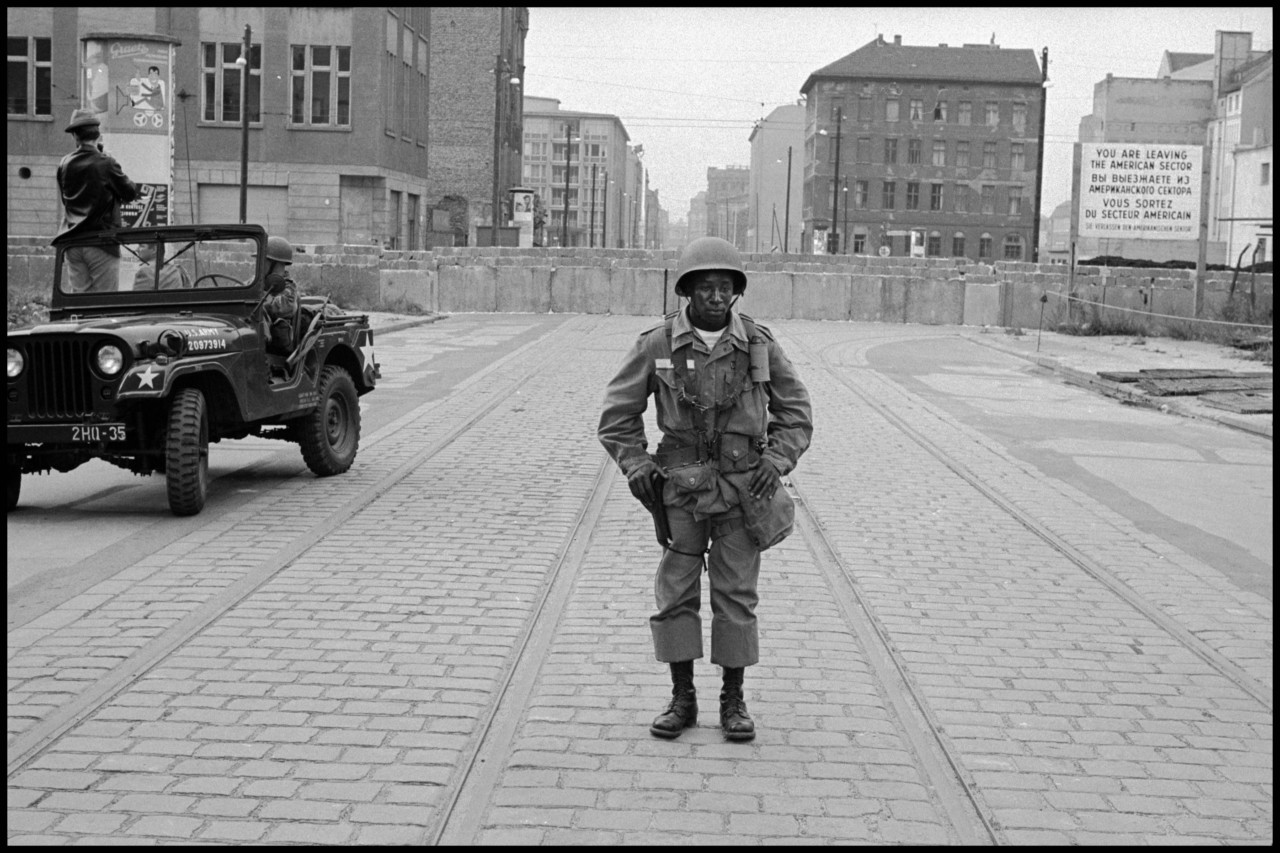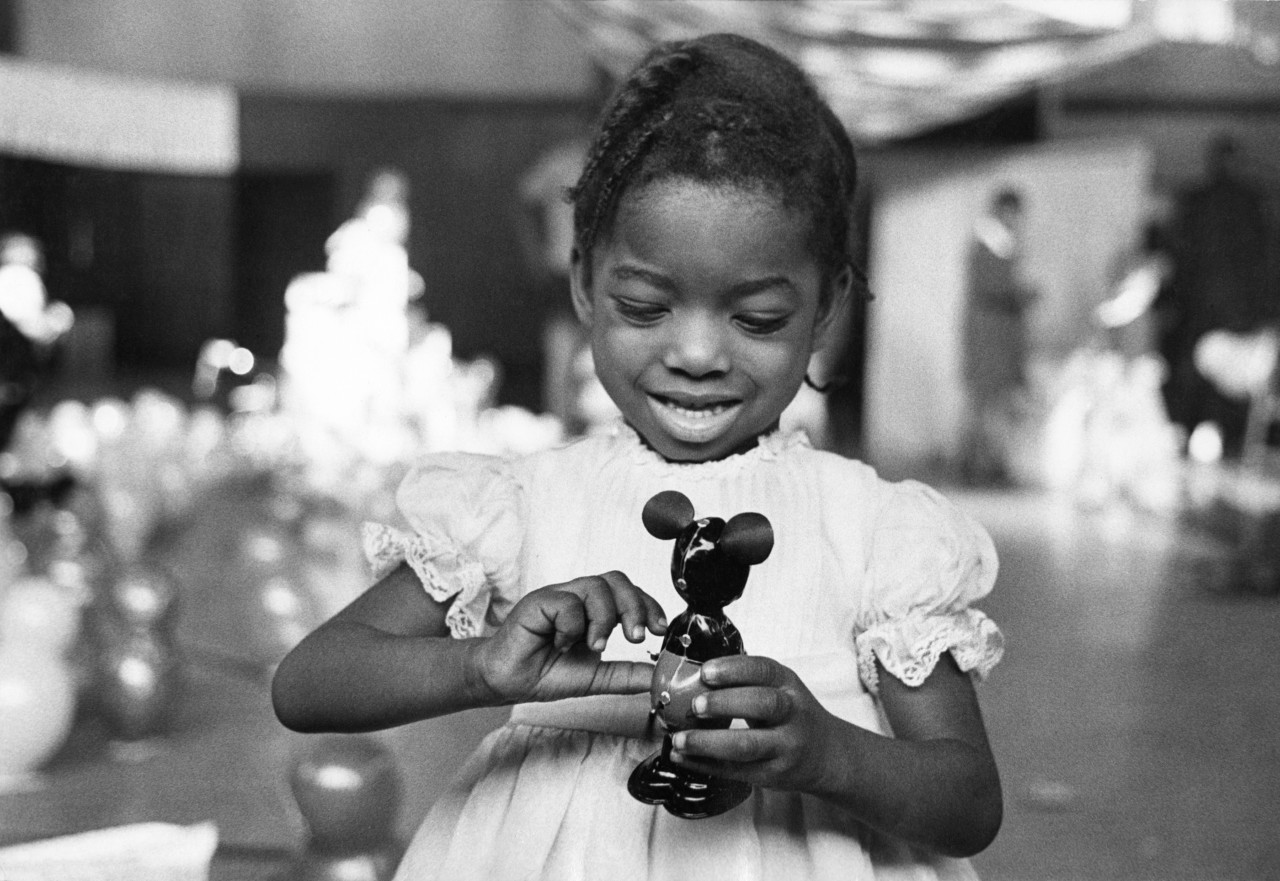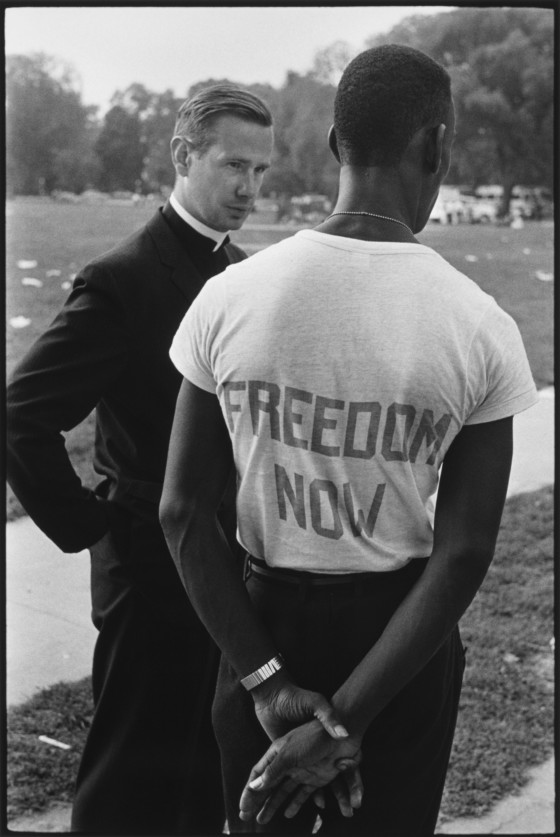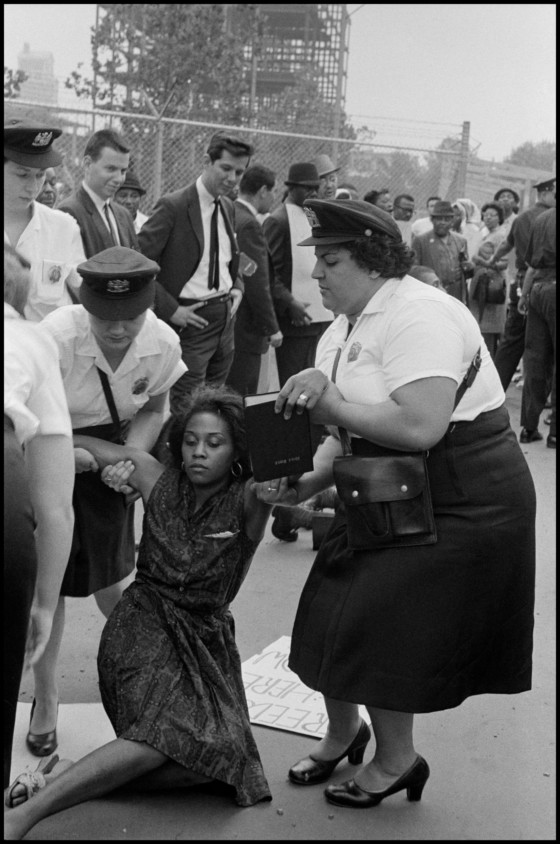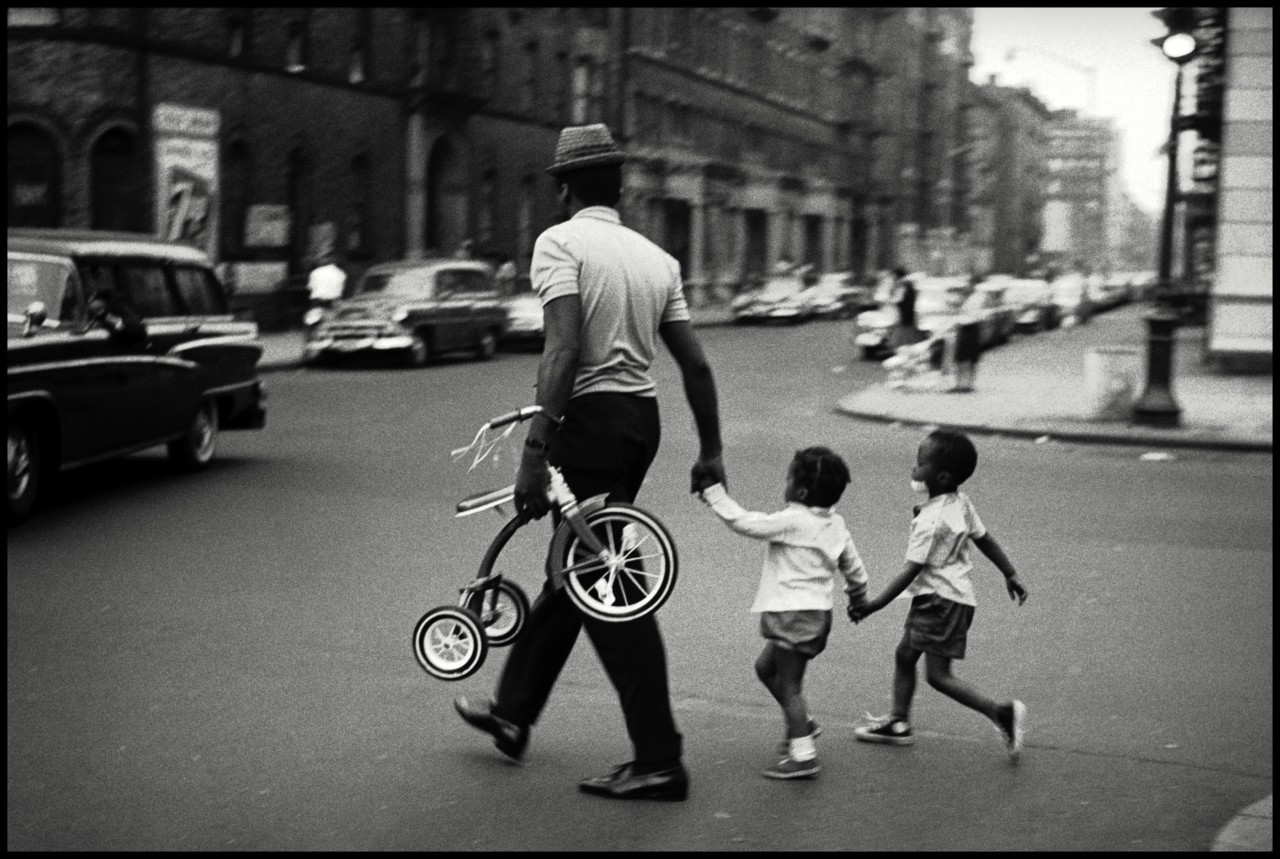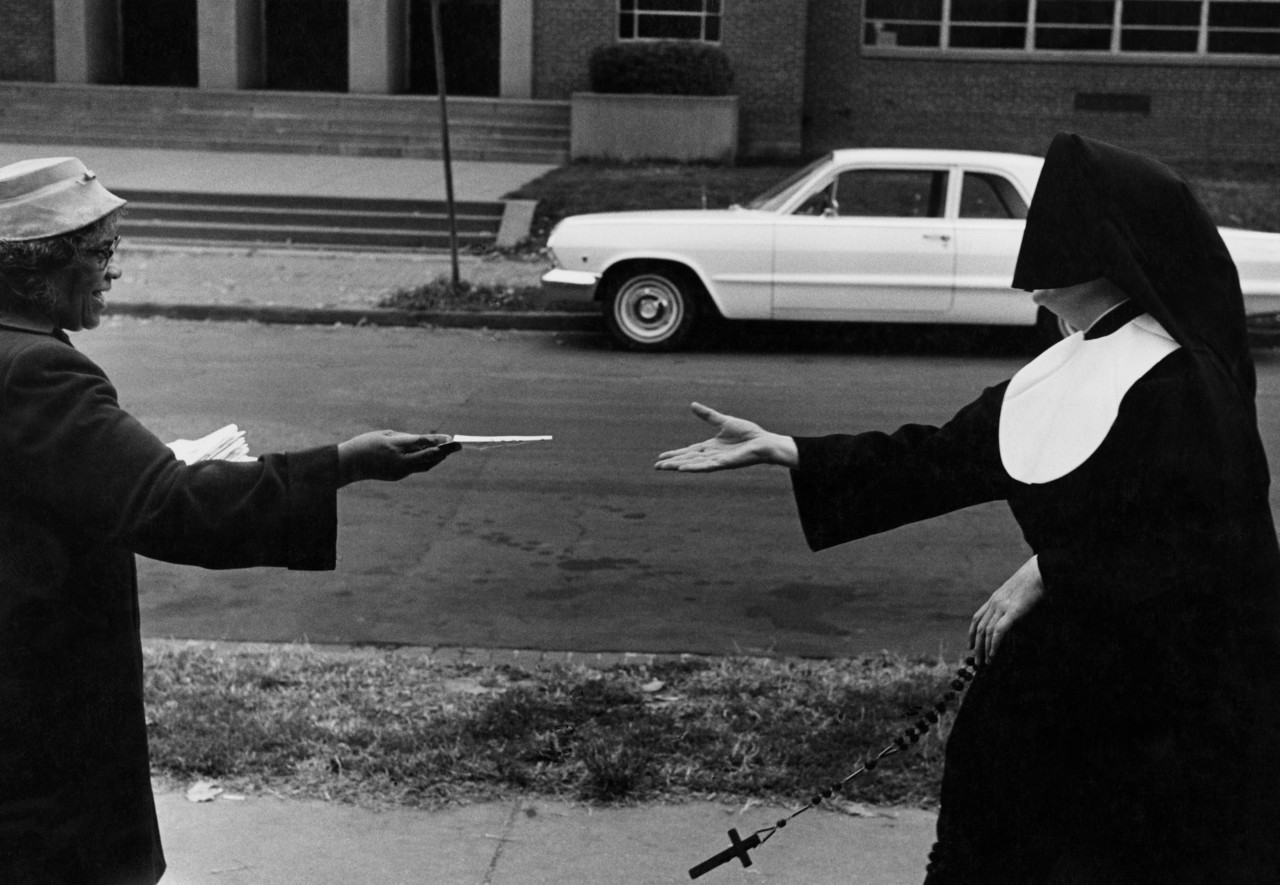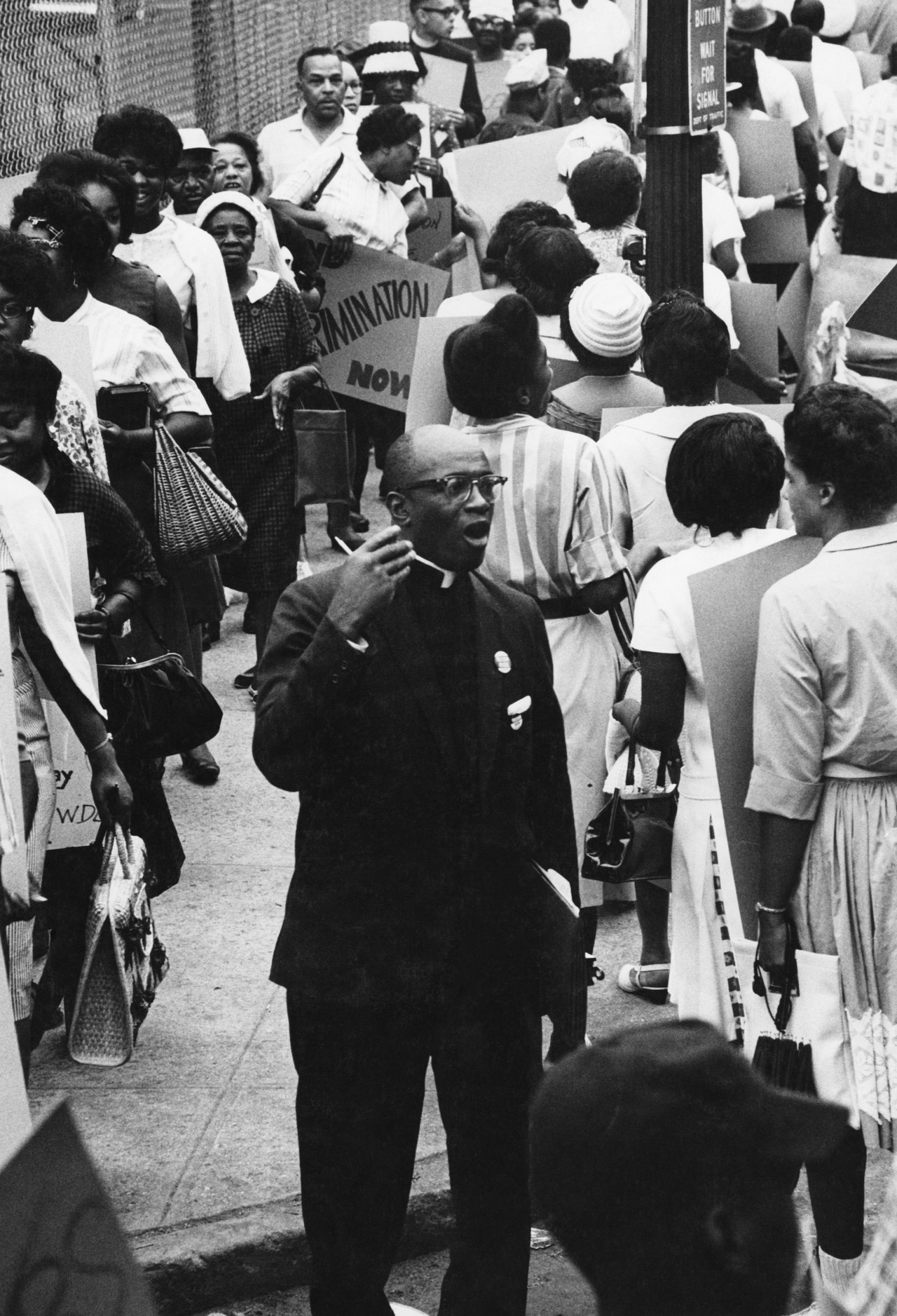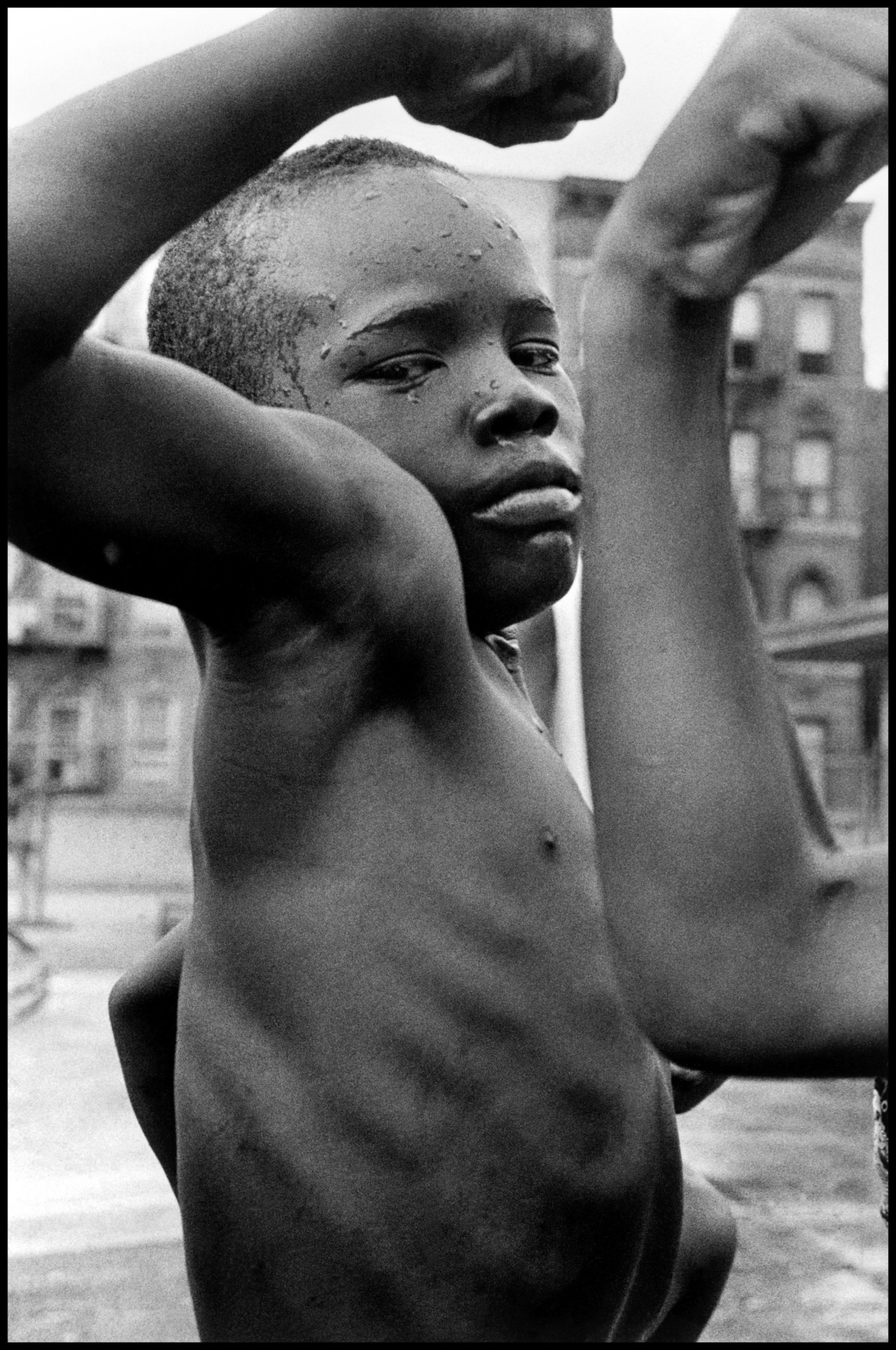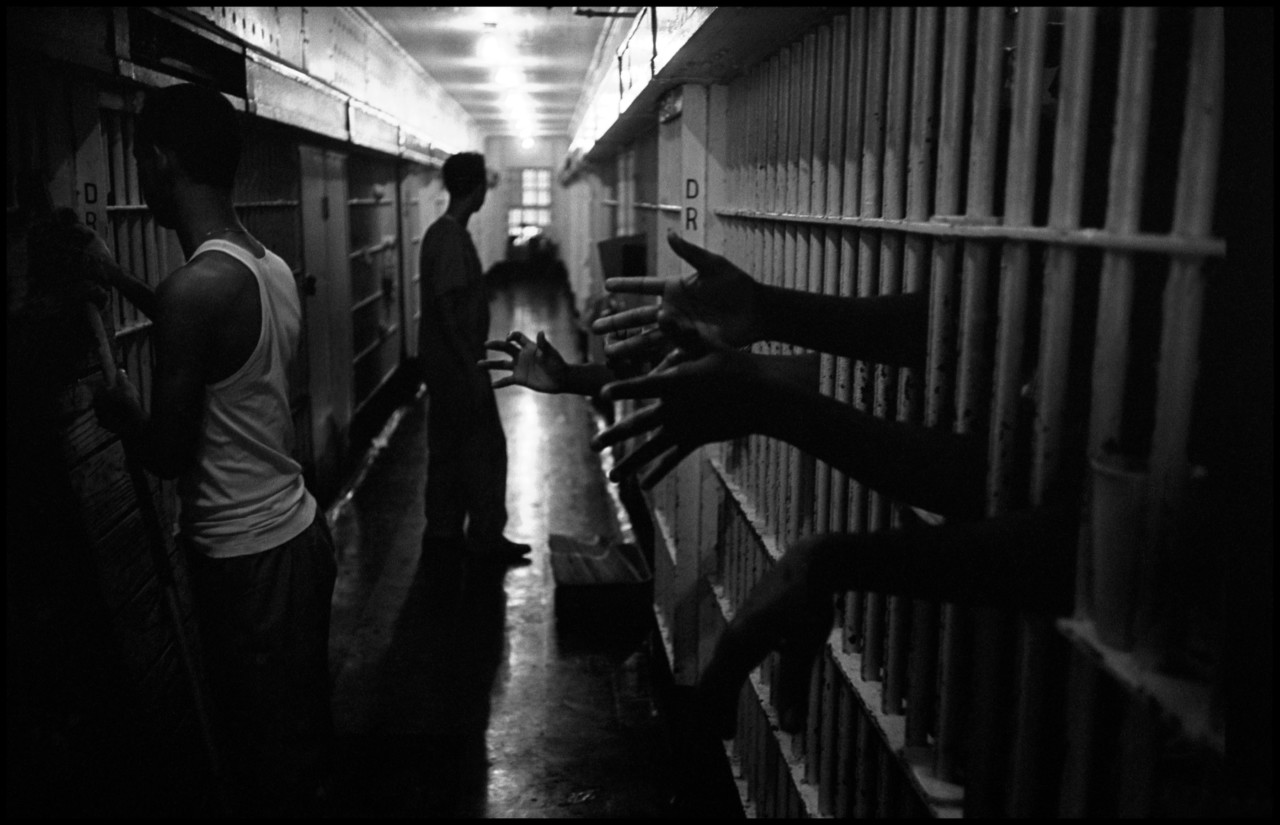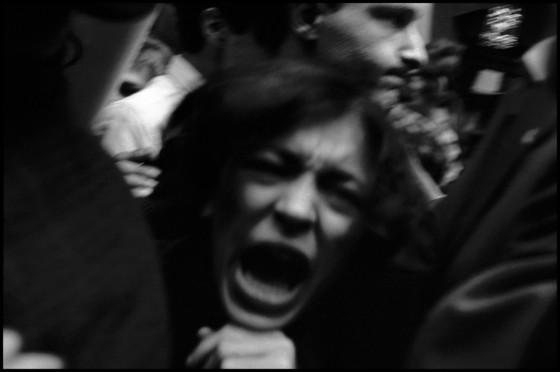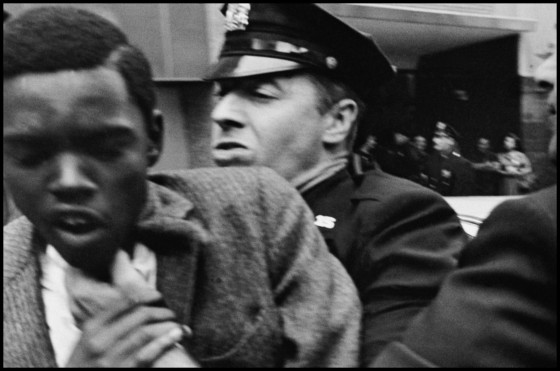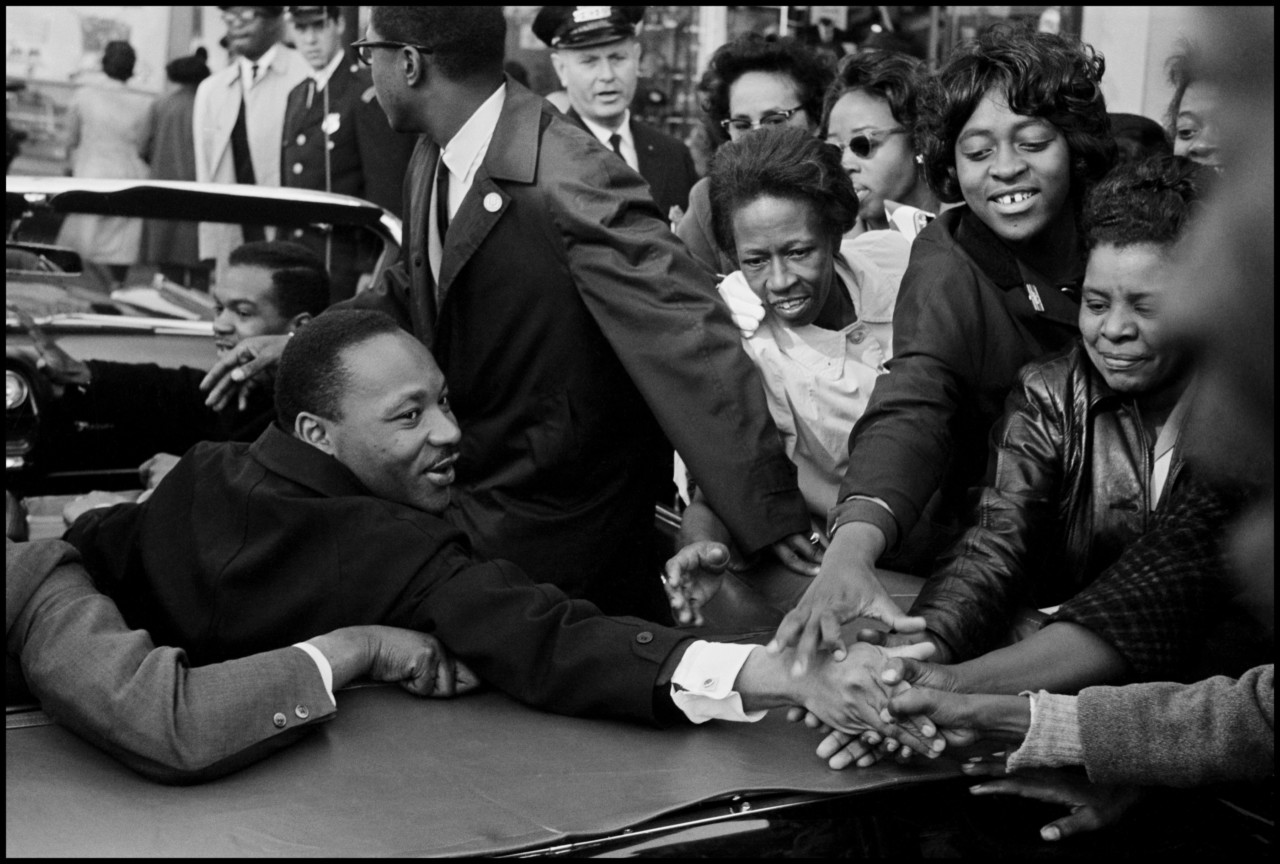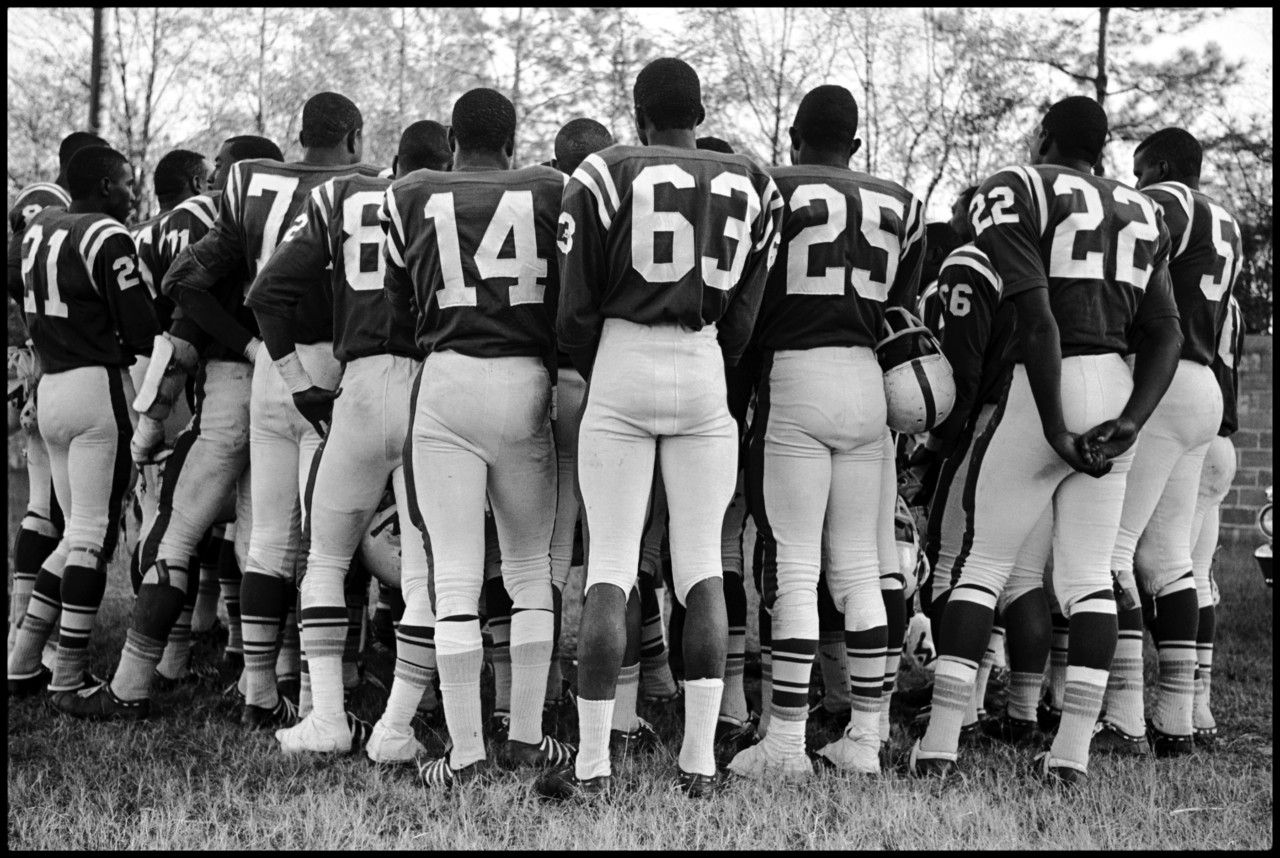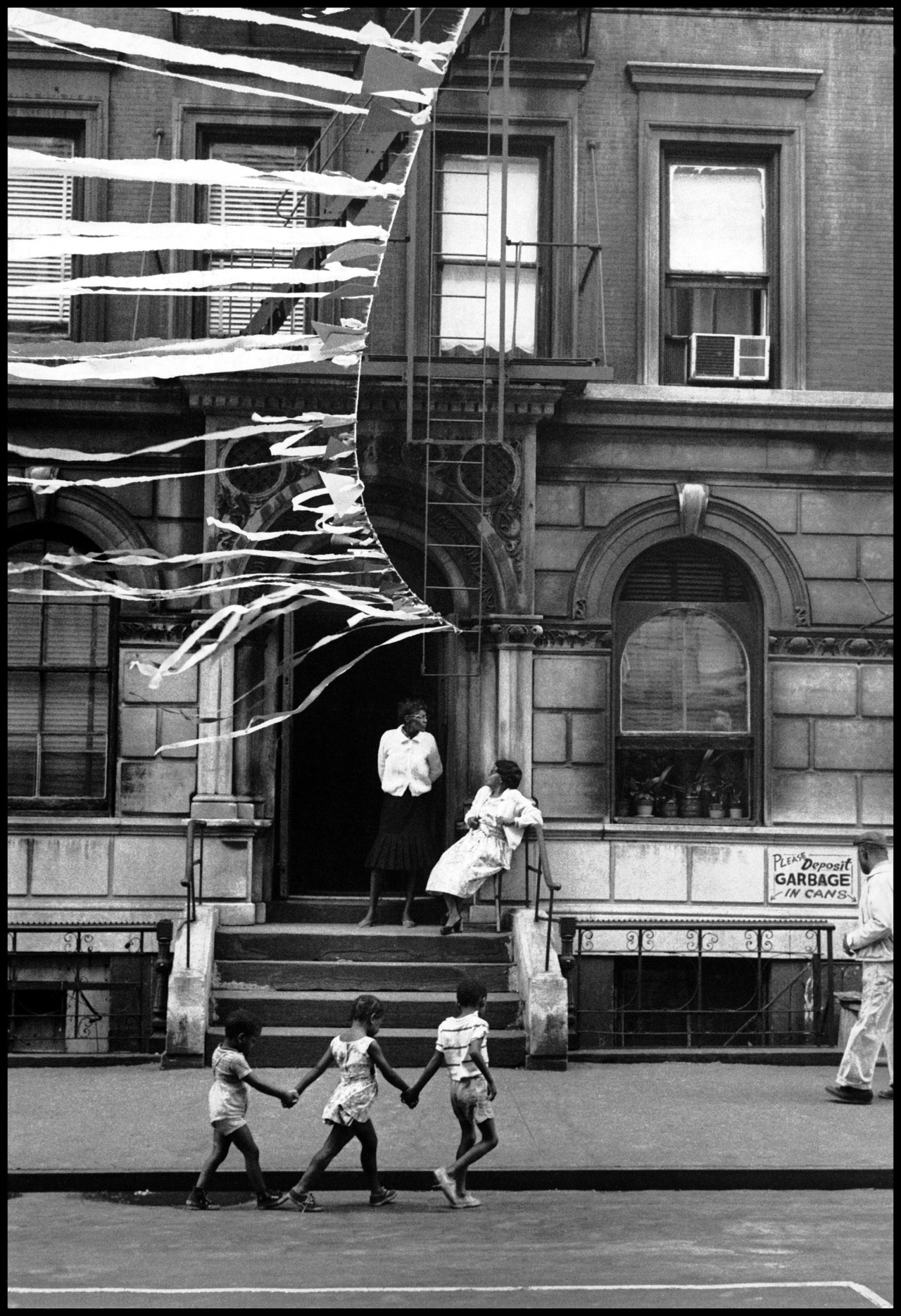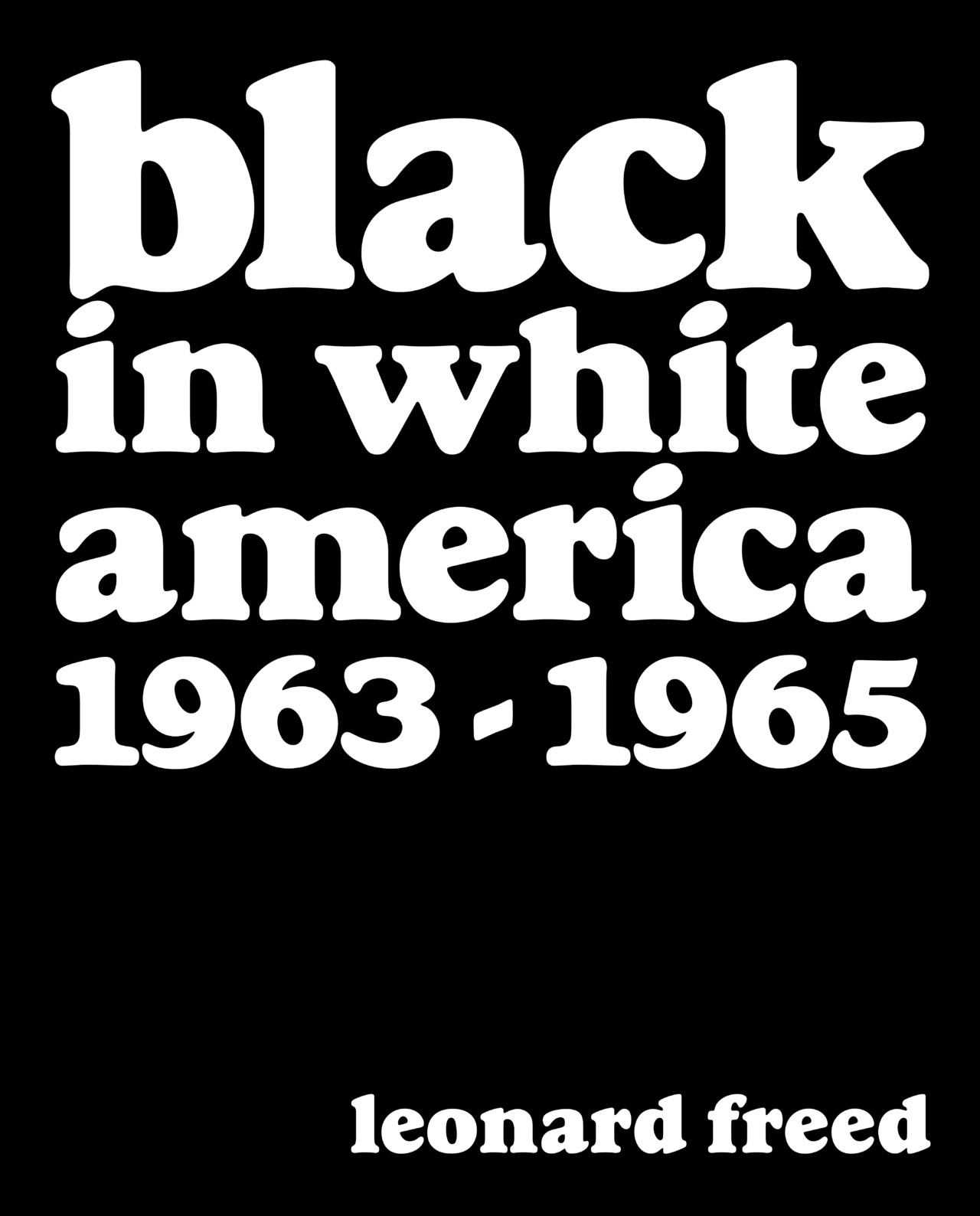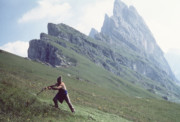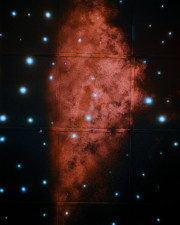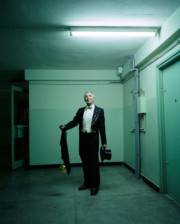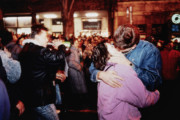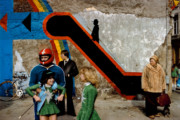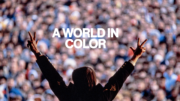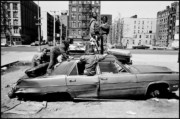Black in White America 1963-1965
A preview of the new, expanded edition of Leonard Freed's benchmark civil rights book
Black in White America 1963-1965is a new and explanded edition of Leonard Freed’s 1969 publication, Black in White America, published by Reel Art Press.Here, Michael D. Shulman, Magnum’s director of publishing and the book’s co-editor, introduces how the title was produced in consultation with the Freed Estate, providing an overview of the project’s striking images and their relevancy today. His reflections are followed by Magnum photographer Eli Reed’s essay from Black in White America 1963-1965, which explores Reed’s relationship to the late photographer, as well as the significance that this seminal work occupied for him personally and as a fellow image-maker.
Leonard Freed’s book, Black in White America, was originally published in 1969, and has rightly been hailed as a landmark in reportage about Black life in the United States from 1963 – 1965. Subsequent editions of the book were essentially reproductions, and so rethinking Freed’s work for a new edition was both a daunting and exciting proposition. Tony Nourmand (the publisher of Reel Art Press), Leonard Freed’s widow Brigitte (who was also his collaborator and print maker), Freed’s daughter Susannah, and I decided to make the new book in a large hardcover format, featuring better reproductions and edited text to make it more photo-driven. We also added several previously unpublished photos, scanned from the original prints that Brigitte had made. The result, in this new edition, now titled Black in White America 1963-1965, presents his work powerfully and with more clarity than has been seen before.
"The hopes, struggles, challenges, degradations, joy, and sorrow that Black people in the United States have historically faced are on full display in Freed’s work"
- Michael D. Shulman
The hopes, struggles, challenges, degradations, joy, and sorrow that Black people in the United States have historically faced are on full display in Freed’s work. What is striking is that little has changed in nearly sixty years. Voter suppression, unequal opportunities, police violence (including murder), and incessant racism are still very much a part of Black life, despite progress. Leonard Freed approached his work as a concerned photographer, not an anthropologist, always finding the emotion in every situation. Depicting everyday Black family life showed that we share a common humanity. A simple photograph of a father holding a tricycle, crossing the street with his children, is profound in its ordinariness. Hopeful images such as those from the March on Washington, a photo of Martin Luther King Jr. speaking at a synagogue, and one of him smiling as he is being greeted by an adoring crowd in Maryland contrast with scenes of brutal incarceration in Angola prison, Louisiana. Black fashion shows in Brooklyn and Harlem contrast with CORE (Congress of Racial Equality) demonstrations, including peaceful Black protesters being arrested by the NYPD. In one photo, a woman at a CORE sit-down demonstration holds a sign that says “End White Supremacy”, a statement, sentiment, and scene which could not feel more relevant today.
One of the previously unpublished photos shows a young girl with a Mickey Mouse toy, sheer joy in her face, an innocent moment fleetingly untouched by the turmoil of the time. Another shows a woman in Washington DC handing a voting pamphlet to a nun, both with hands outstretched to each other, a simple gesture that evokes something more significant, a sharing of purpose. Another shows a preacher, a rock of stability, giving a sermon in the street in a sea of CORE demonstrators, both walking toward and away from the camera, like a buoy in an ocean of waves.
It’s our hope to reintroduce this legendary book to people who have grown up with it, to also share it with a new audience, and to offer both a better look at this significant body of work than has previously been available.
– Michael D. Shulman
"Voter suppression, unequal opportunities, police violence (including murder), and incessant racism are still very much a part of Black life, despite progress. Leonard Freed approached his work as a concerned photographer, not an anthropologist, always finding the emotion in every situation"
- Michael D. Shulman
The following text, by Eli Reed, is taken from Black in White America 1963-1965.
Leonard Freed was born October 23, 1929 in Brooklyn, New York and departed from this planet November 30, 2006 in Garrison, New York. He left behind a staggering multitude of work that dazzles the mind and the imagination. His wife, Brigitte, reportedly said that a grave wasn’t right for him because he needed to be everywhere, just like in life. He led an incredible life as a documentary photographer of the highest order.
Leonard’s powerful gift inspired legions of photographers young and old. I include myself in the list of those who rose above their skill level because of his visual influence. He photographed the world he moved through with an extraordinary ability to understand the importance of simply being human.
The photographs inside the iconic Black in White America book were made between 1963 and 1965. I graduated from Perth Amboy High School, New Jersey, in June 1965 and left my youth as a kid raised in the toughest part of town. It was a fortunate time for personal growth but also a very confusing one. The civil rights movement was happening outside of my safety zone and yet I began to feel elements of the darkness coming; I could feel it in my bones and heart.
"I still remember the first photograph of Leonard’s that captured my attention. It was the image of a wet-faced young boy with an intense look on his face... I do not remember where it was that I saw this photograph but it was burned deeply into my brain"
- Eli Reed
I still remember the first photograph of Leonard’s that captured my attention. It was the image of a wet-faced young boy with an intense look on his face; his arm lifted showing his well-delineated muscles. He was caught staring with great intensity into the eyes of the photographer. The powerful picture was an in-depth look into the life of this boy. I do not remember where it was that I saw this photograph but it was burned deeply into my brain . . . and there are so many others.
I remember Leonard as a superior natural-born comedian with an unquenchable need to see and reveal the interior life of whoever or wherever he happened to be observing. Great comedians have the capacity to deliver superior performances in serious acting roles when given the chance. They are very
aware of the human motivation in audiences when they do stand-up performance. Failing to capture the support of their audiences is an unacceptable and all too quiet death in the footlights.
"Leonard was one of the doorkeepers to the historical reality of the times. I did not see his book until a few months after my high school graduation and it was a visible truth- teller presence that opened the door to an informed reality of what was going on in the Black community"
- Eli Reed
Leonard was one of the doorkeepers to the historical reality of the times. I did not see his book until a few months after my high school graduation and it was a visible truth- teller presence that opened the door to an informed reality of what was going on in the Black community.
The book was an honest directive that captured the realities of normal Black people. It was close to an ultimate inside view while dealing in real time seconds, minutes and hours of the highlights and difficulties day after day, well beyond belief. The photographs were a continual visual truth, leaving no doubt as to what was happening when Leonard’s camera shutter captured those moments in question.
"Thomas Merton’s autobiographical The Seven Story Mountain (published 1948) deals not with what happens to a man, but what happens to his soul. Leonard Freed had plenty of soul to spare..."
- Eli Reed
I believe that there is a special place in the hearts and minds of most serious documentary photographers who, at some point in their careers, want to deliver at least one photographic tome to the world at large that will make prospective viewers appreciate what they have produced. Leonard made a habit of continuously delivering over and over again said tomes. This book has continued to carry the weight of excellence and resides in the brain. He has continued to be everywhere in life and this book is a gift to all who still have need of his brilliance. It informs us of the beauty inside the photographs that he captured and sits deeply inside our consciousness.
Thomas Merton’s autobiographical The Seven Story Mountain (published 1948) deals not with what happens to a man, but what happens to his soul. Leonard Freed had plenty of soul to spare and it was exposed to the world through his photography, with that being very evident in this wonderful book, Black in White America. When all is said and done, I am moved to say Amen.
– Eli Reed


